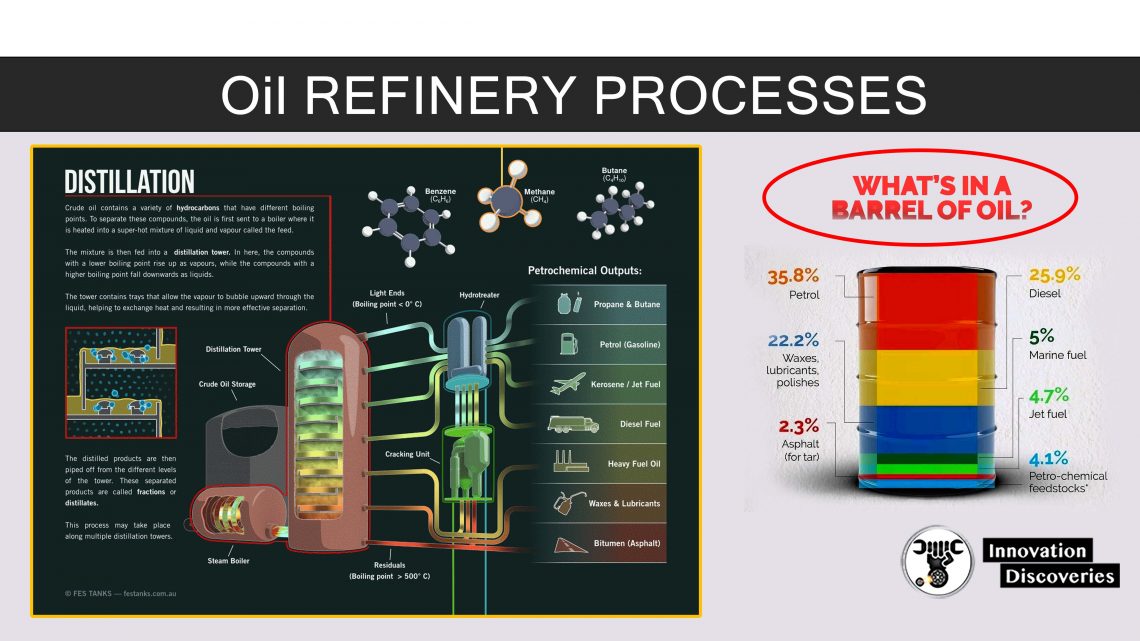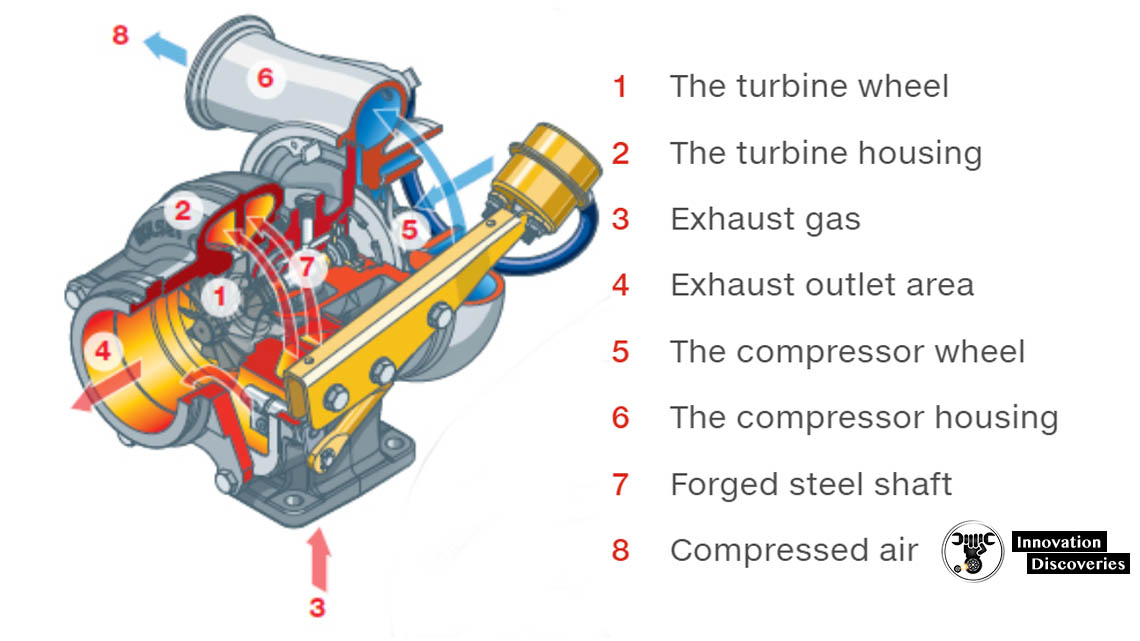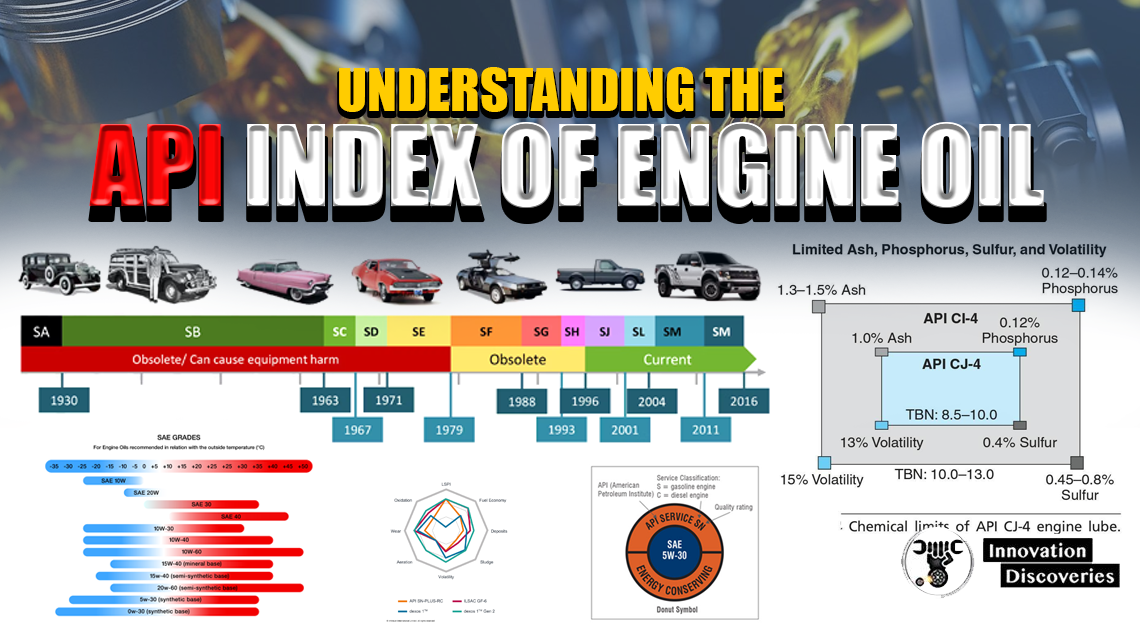
Introduction:
The American Petroleum Institute (API) index is an essential classification system used to evaluate and compare the quality and performance of engine oils. The API index provides valuable information about an oil’s viscosity, performance levels, and compatibility with different engine types. This article aims to explain the API index and its significance in the selection and maintenance of engine oils.
What is the API Index?
The API index is a rating system developed by the American Petroleum Institute to categorize and certify engine oils based on their performance characteristics. The index assigns a specific grade to each oil, indicating its suitability for different engine types, operating conditions, and temperatures.
API Classification System:
The API classification system comprises two main categories: S for gasoline-powered engines (spark-ignition) and C for diesel-powered engines (compression-ignition). Each category is further divided into several service classifications, denoted by a letter, such as API SN or API CJ-4, to denote the level of performance and protection offered by the oil.
Viscosity Ratings:
Viscosity refers to the oil’s resistance to flow at different temperatures. The API index also includes a viscosity rating, denoted by two numbers, such as 5W-30 or 10W-40. The first number represents the oil’s viscosity at low temperatures (W for winter), while the second number indicates the viscosity at operating temperatures.
API Service Categories:
The API index assigns specific service categories to engine oils to ensure they meet the requirements of modern engines. For gasoline engines, the most recent service category is API SN, while for diesel engines, it is API CK-4. These categories are backward compatible, meaning that newer oils can be used in older engines, but older oils may not provide adequate protection for newer engines.
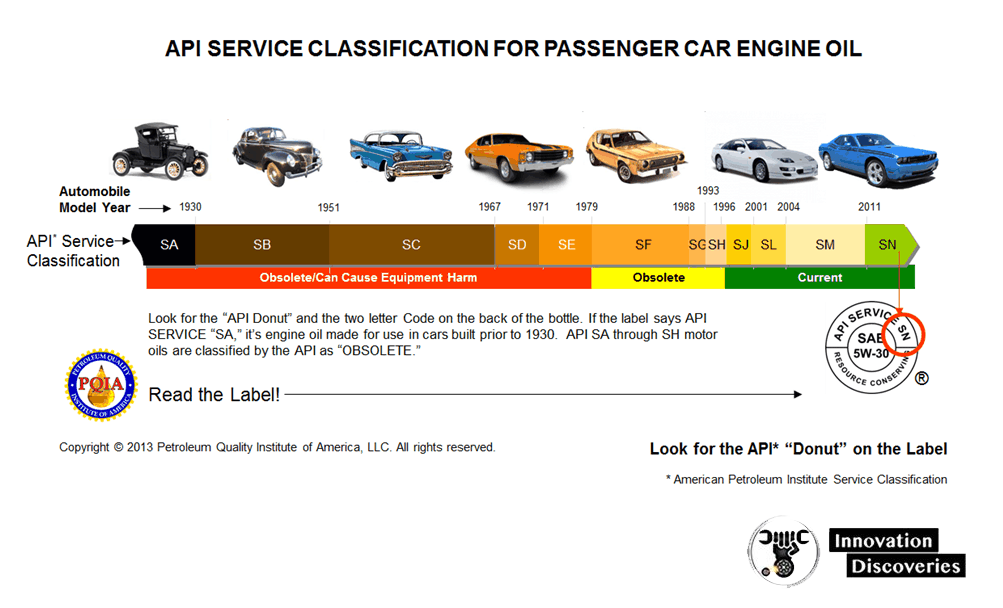
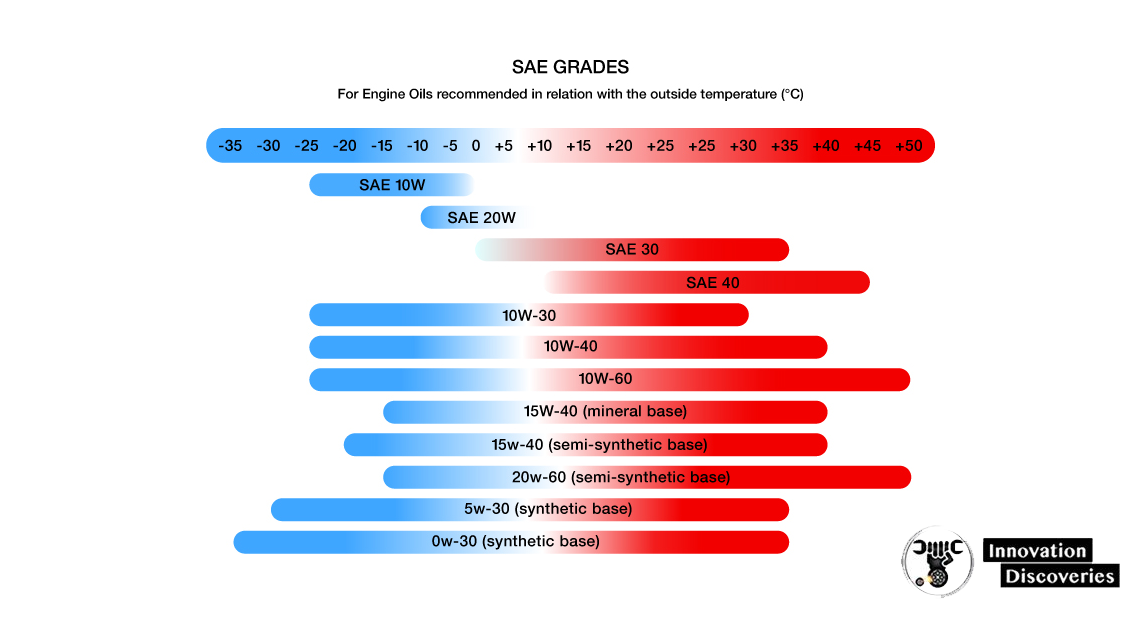
API Index and Engine Performance:
The API index is crucial for maintaining optimal engine performance and longevity. Engine manufacturers specify the recommended API classification for their vehicles, and using oils that meet or exceed these specifications ensures proper lubrication, reduced wear and tear, and improved fuel efficiency.
Selecting the Right Oil:
When selecting engine oil, it is vital to consider the API index recommended for your vehicle. Check the owner’s manual or consult with a qualified mechanic to determine the appropriate API classification, viscosity rating, and any other specific requirements. Using the correct oil helps protect the engine from premature wear, deposit formation, and sludge buildup.
Additional Considerations:
Apart from the API index, it is essential to consider other factors, such as the oil’s brand, additives, and synthetic or conventional base oil. Synthetic oils often provide better performance and protection, especially in extreme temperatures and demanding operating conditions.
Conclusion:
The API index serves as a valuable guide for choosing the right engine oil for your vehicle. By understanding the API classification system, viscosity ratings, and service categories, you can ensure proper lubrication, minimize engine wear, and maximize the overall performance and lifespan of your engine. Consult your vehicle’s manual or seek professional advice to make informed decisions regarding engine oil selection and maintenance.
Visit Forum
Visit Our Friendly Website


